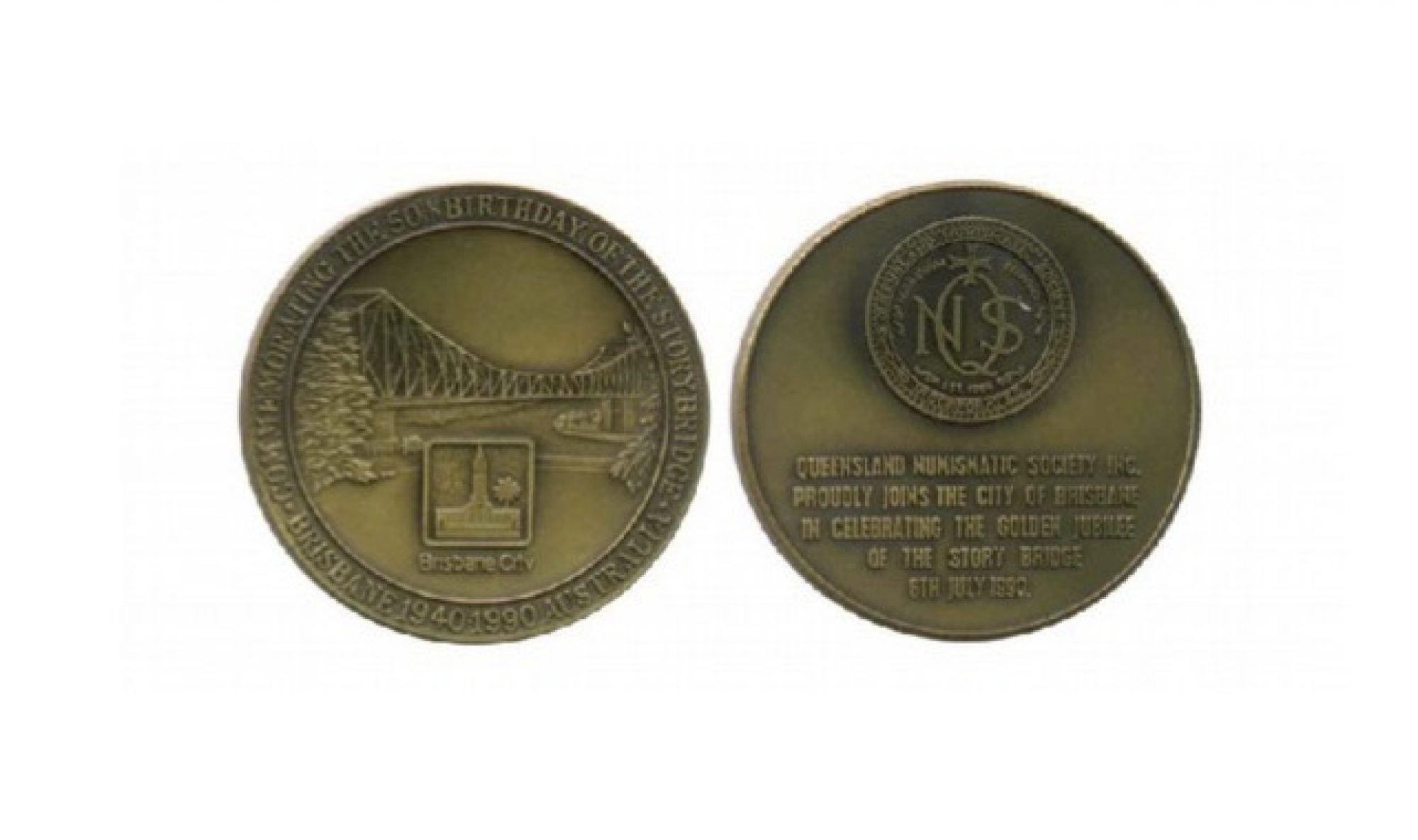Symbol of Canada
by Stephen Appleton
 The maple leaf is today a well recognised symbol of Canada, as much or even more so than the kangaroo, boomerang and Southern Cross symbols are to Australia. Centrepiece of the Canadian flag, the maple leaf is also the name of Canada’s bullion coin series, their equivalent to our Kookaburra, Nugget, Koala (all Perth Mint) and Kangaroo (RAM) coin series. A silver maple leaf is illustrated on the left. Quite why they chose a maple leaf as being distinctively Canadian is puzzling to me, as maple trees grow throughout much of the temperate northern hemisphere from the southeastern USA to Siberia, not just in Canada.
The maple leaf is today a well recognised symbol of Canada, as much or even more so than the kangaroo, boomerang and Southern Cross symbols are to Australia. Centrepiece of the Canadian flag, the maple leaf is also the name of Canada’s bullion coin series, their equivalent to our Kookaburra, Nugget, Koala (all Perth Mint) and Kangaroo (RAM) coin series. A silver maple leaf is illustrated on the left. Quite why they chose a maple leaf as being distinctively Canadian is puzzling to me, as maple trees grow throughout much of the temperate northern hemisphere from the southeastern USA to Siberia, not just in Canada.
 Some 150 different species of maple (genus Acer) are known to science, many being small bushes or shrubs. All are deciduous (lose their leaves in winter). There are three significant species as far as Canada is concerned. Red maple (A. rubrum) is one of the dominant trees in the forests of eastern North America. Silver maple (A. saccharinum) is one commonly grown in the suburbs as a shade tree. Sugar maple (A. saccharum) is the commercial variety, from which maple syrup is harvested. Holes (called taps) are drilled into the trees during late winter or early spring, and the watery sap is extracted and evaporated down to make the syrup. Most syrup production occurs in the northeastern United States, with only a small proportion in Canada. All three of these species are usable as wood. A wood known as ‘Queensland maple’ comes from an unrelated local species, Flindersia brayleyana.
Some 150 different species of maple (genus Acer) are known to science, many being small bushes or shrubs. All are deciduous (lose their leaves in winter). There are three significant species as far as Canada is concerned. Red maple (A. rubrum) is one of the dominant trees in the forests of eastern North America. Silver maple (A. saccharinum) is one commonly grown in the suburbs as a shade tree. Sugar maple (A. saccharum) is the commercial variety, from which maple syrup is harvested. Holes (called taps) are drilled into the trees during late winter or early spring, and the watery sap is extracted and evaporated down to make the syrup. Most syrup production occurs in the northeastern United States, with only a small proportion in Canada. All three of these species are usable as wood. A wood known as ‘Queensland maple’ comes from an unrelated local species, Flindersia brayleyana.
So why is the maple leaf a Canadian symbol? If we examine the use of the maple leaf on the coinage, we find very little prior to the 20th century. A branch of three maple leaves is incorporated into the current Canadian coat of arms, in the lowermost fifth of the shield. An older coat of arms, as used on the gold coins of 1912-1914, contains two such sprays of maple leaves. The silver coins from 1870 (above, on the right) have a fairly basic design, just the denomination and date, surrounded by a wreath of maple leaves. These appear to be the earliest occurrences (numismatically) of their use as particularly identifying something as Canadian. The only theory which might explain this is that at the time Canada was the only part of the British Empire where maples grew, so maple leaves distinguished Canadian coins from those of, say, India, whose coins used a wreath of lotus blossoms, or homeland types where a wreath of oak sufficed. Is this, then, the origin of the maple leaf as the quintessence of Canada? Perhaps someone less Australian than I can answer.
This article first appeared in the QNS Monthly Magazine, March 2001.
